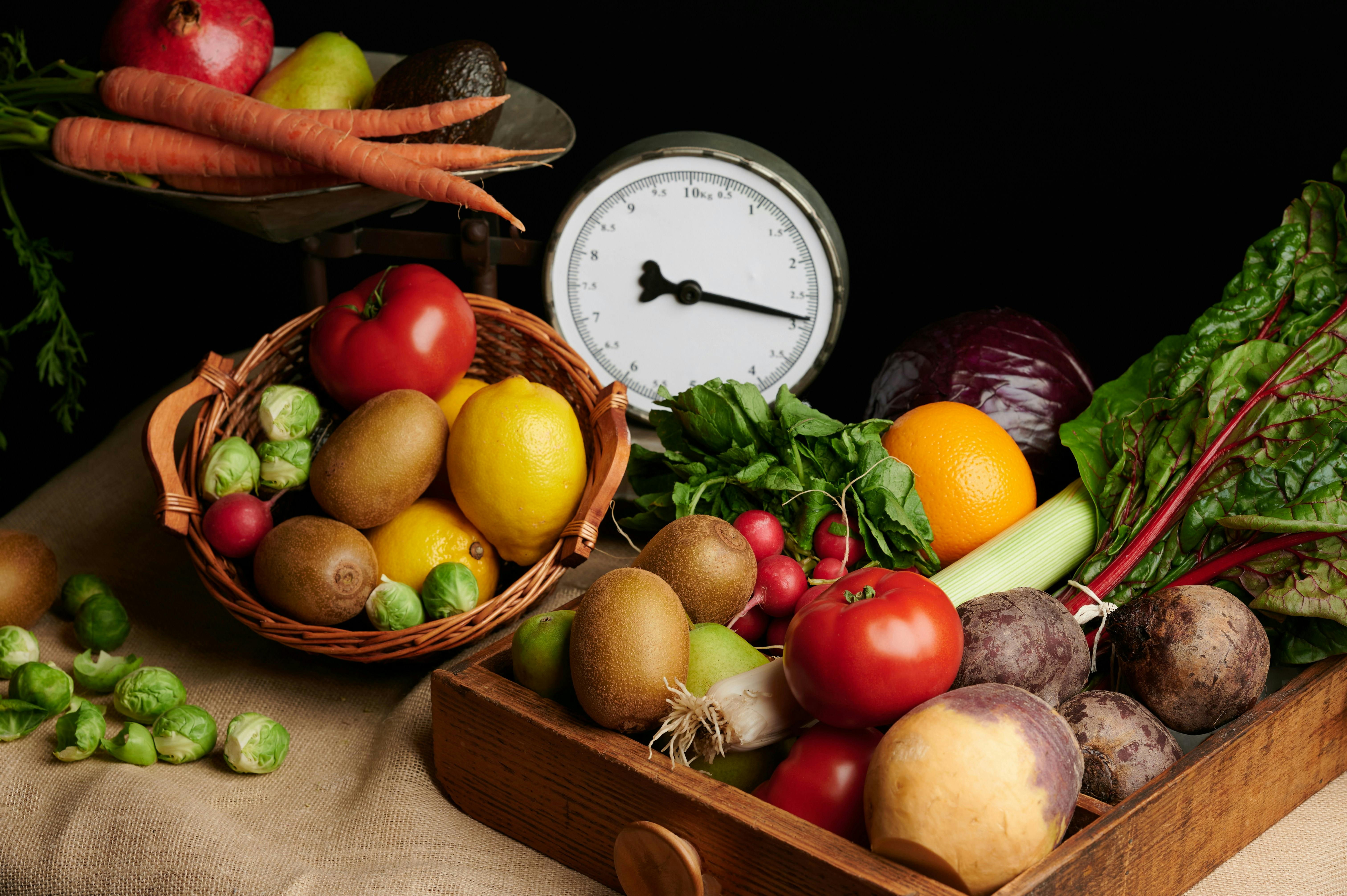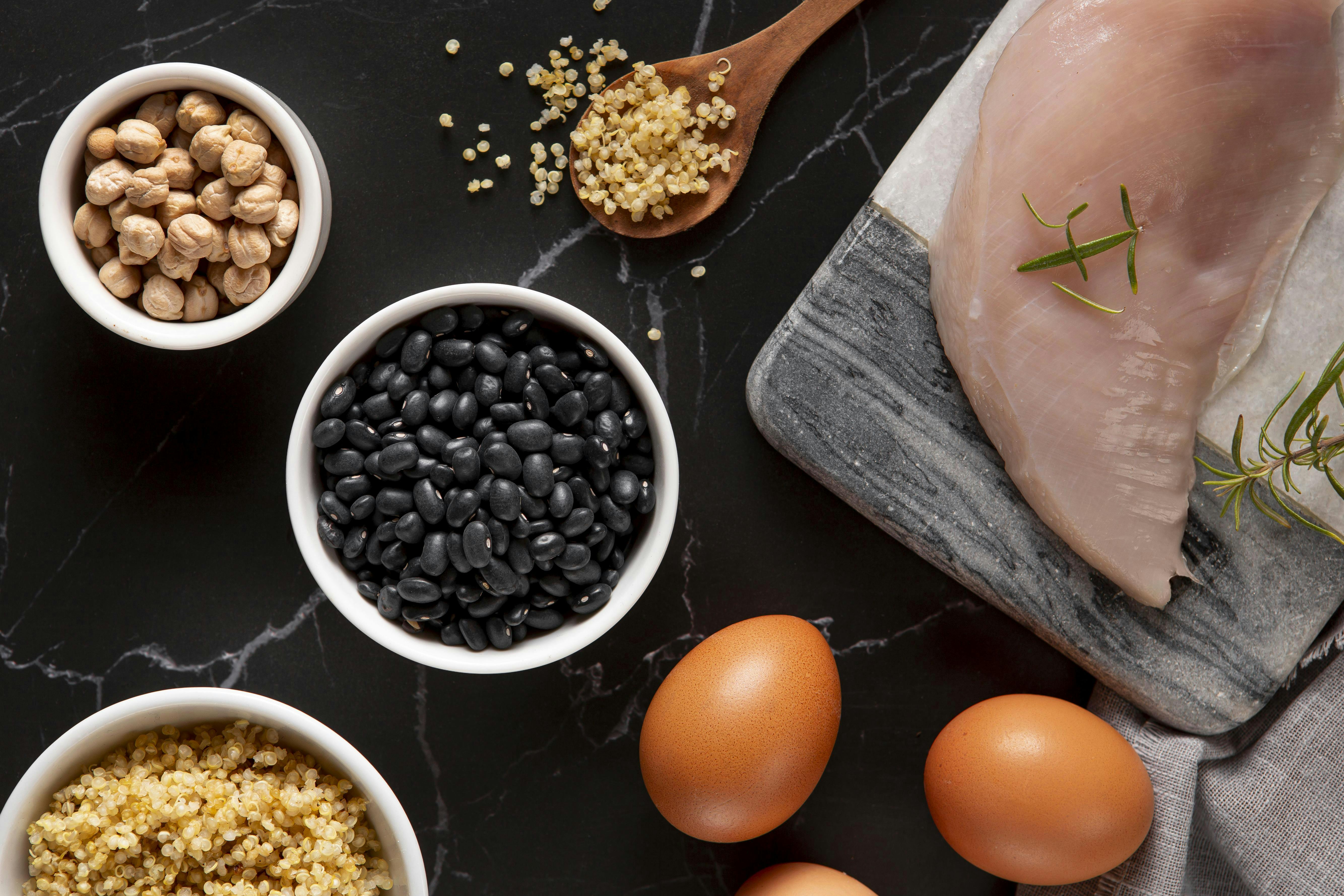- Category
- Nutrition
- DateApril 29, 2025
- AuthorMeaghan Kennedy
- Read Time10 min
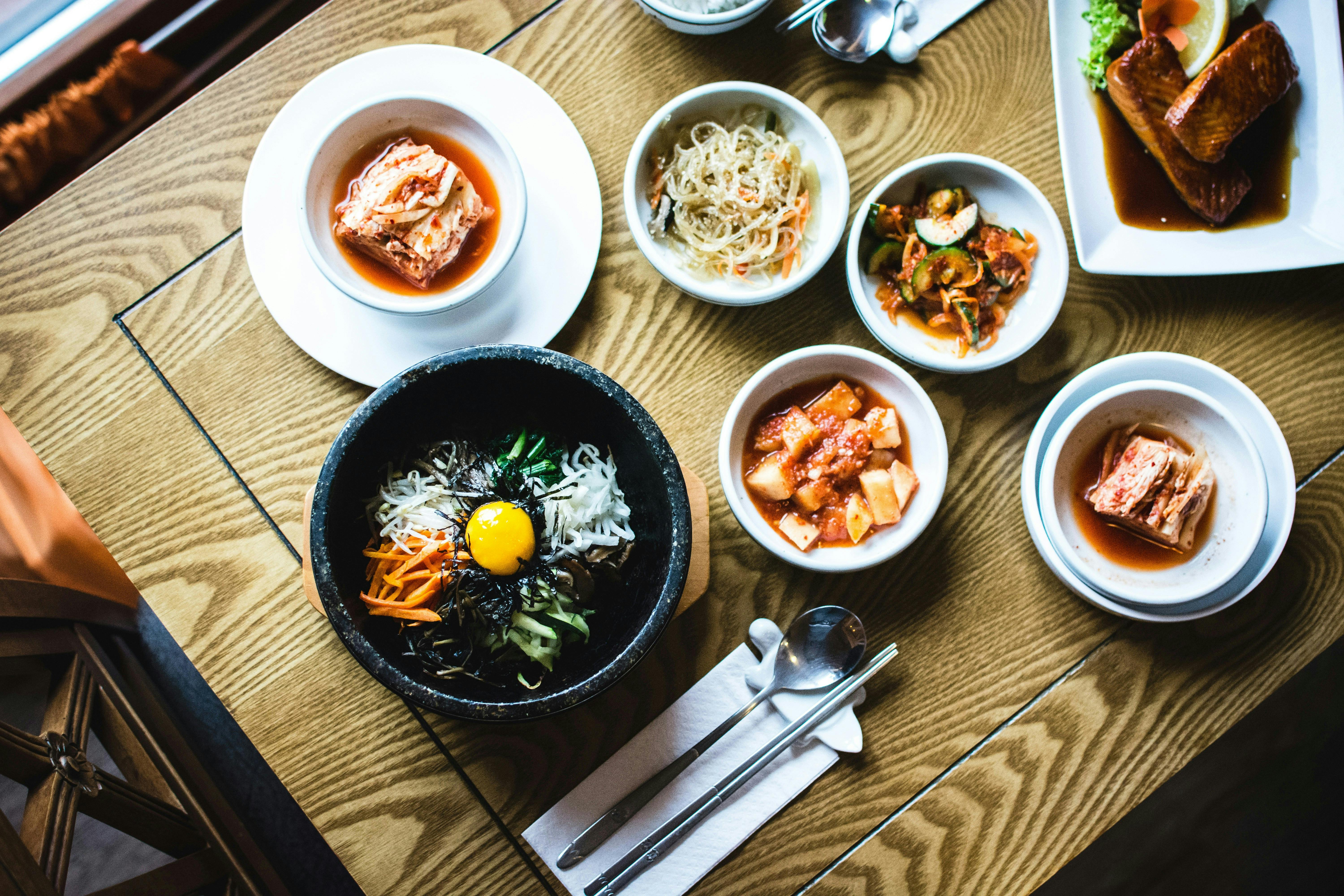
How to Stay on Track While Eating Out
Staying on track with a calorie deficit while eating out—whether at a family gathering, social event, or restaurant—can be challenging, but it’s entirely doable with the right strategies. Social settings often come with tempting foods, large portions, and less control over ingredients, making it easy to overindulge. However, with a bit of planning and mindful choices, you can enjoy these occasions without compromising your goals. Here’s how to stay focused and make smart decisions while still participating in the fun.
Fourteen Tips to Stay on Track at a Social Gathering:
- Request sauces on the side. Restaurant dishes are often loaded with fat and sodium to enhance flavour. By asking for sauces to be served separately and using only a small amount, you can significantly reduce the meal's overall calorie and fat content.
- Choose foods that are boiled, steamed, grilled, baked (excluding baked goods), or broiled instead of those that are fried, sautéed, or roasted.
- Focus on vegetables and protein before loading up on carbohydrates. Vegetables are rich in fibre and essential nutrients, while both fibre and protein help keep you full longer, making it easier to stick to your calorie deficit. This doesn’t mean carbs are bad—but many restaurant carbs are low in fiber, high in calories, and won’t keep you satisfied for long. Prioritizing filling, nutrient-dense options can help you eat less overall without feeling deprived.
- Eat lighter earlier in the day before dining out, focusing on meals rich in protein and fiber. This will help keep you full and reduce the chances of overeating once you get to the restaurant.
- Plan to eat at maintenance calories on days when you have an event or outing. This gives you more flexibility to enjoy the food without going over your overall goals.
- Use the hand portion guide referenced in this blog —it’s especially helpful when navigating buffets.
- Eat half of your meal and pack the rest to go.
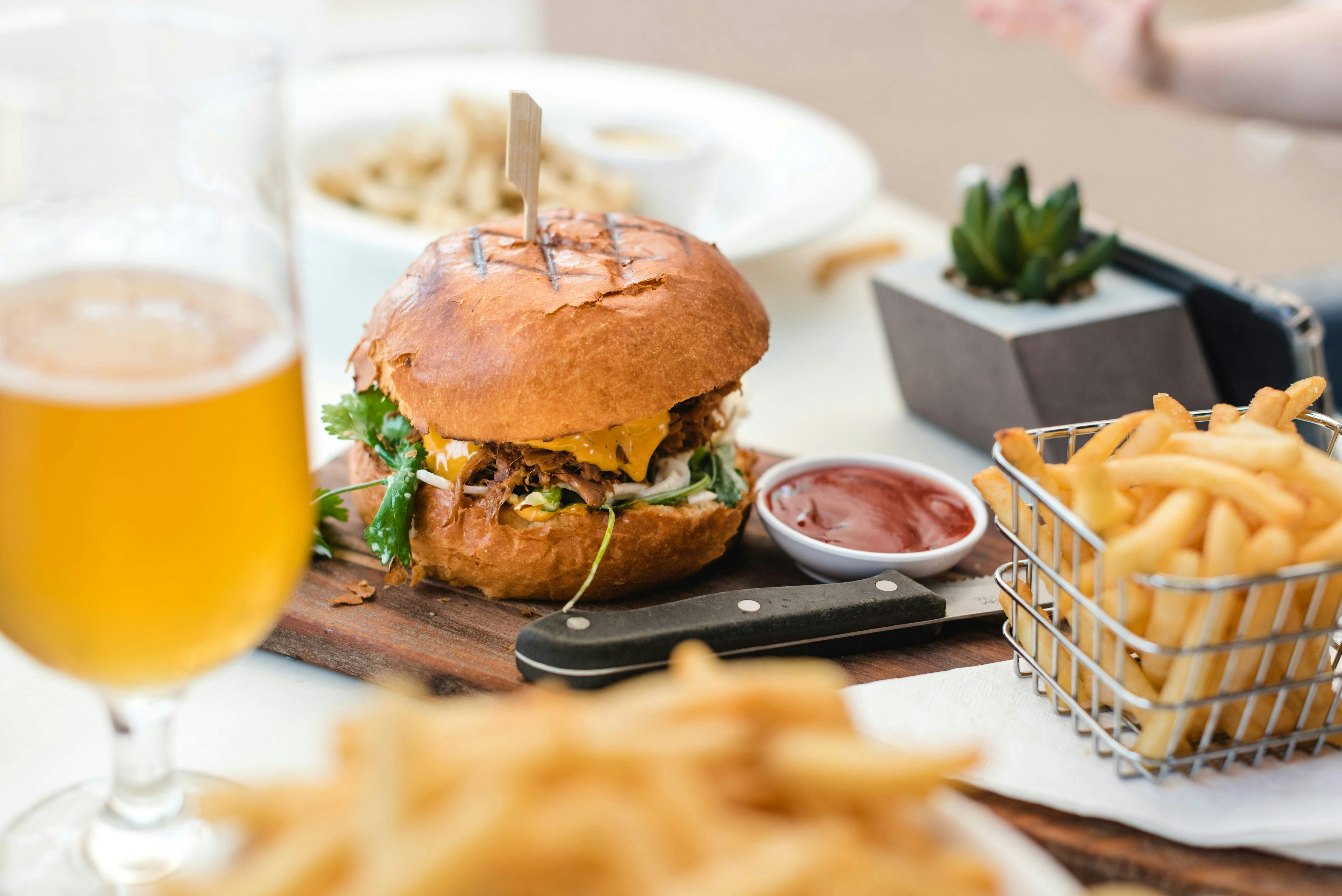
- Start with nutrient-dense foods, then enjoy smaller portions of less nutritious options afterward.
- When choosing dressings or soups, go for broth-based options instead of creamy ones—for example, balsamic vinaigrette instead of ranch.
- Choose lean meats like chicken, white fish, and shrimp instead of beef and pork. While you can still enjoy beef and pork while maintaining a calorie deficit, chicken, white fish, and shrimp tend to be lower in calories overall.
- When ordering alcoholic drinks, choose a spirit mixed with a diet soda or a splash of juice.
- If you enjoy cocktails like margaritas, ask for a splash of orange juice instead of simple syrup and orange liqueur. *Read more about how to order alcoholic beverages here.
- Check the menu in advance. If you're dining at a larger chain restaurant like Boston Pizza, The Keg, or similar, you'll likely find detailed nutritional information, including calories and macronutrients for each dish. For smaller, independent restaurants, it’s usually harder to get this information, so you'll need to rely on the tips mentioned above. A successful calorie deficit requires planning, even when socializing. Don’t throw out your ability to plan just because you're heading to a restaurant. While it can be more challenging to stay on track while eating out, I wouldn’t recommend avoiding dining out altogether during a calorie deficit. It's not realistic to skip every social event in the 2-3 months that you're in a calorie deficit.
- If others pressure you to eat more or question why you're asking for sauces on the side, simply explain that you're focusing on eating more nutritious foods and fewer calorie-dense, low-nutrient options for your overall health. Many of my clients have shared that family members have assumed they have eating disorders when they opt for smaller portions at social events or family gatherings, or that colleagues and business partners give them odd looks for requesting sauces on the side. Remember, you don’t owe anyone an explanation about your desire to change your appearance or eating habits. There's nothing wrong with wanting to change your appearance, as long as it's done so healthily and sustainably.
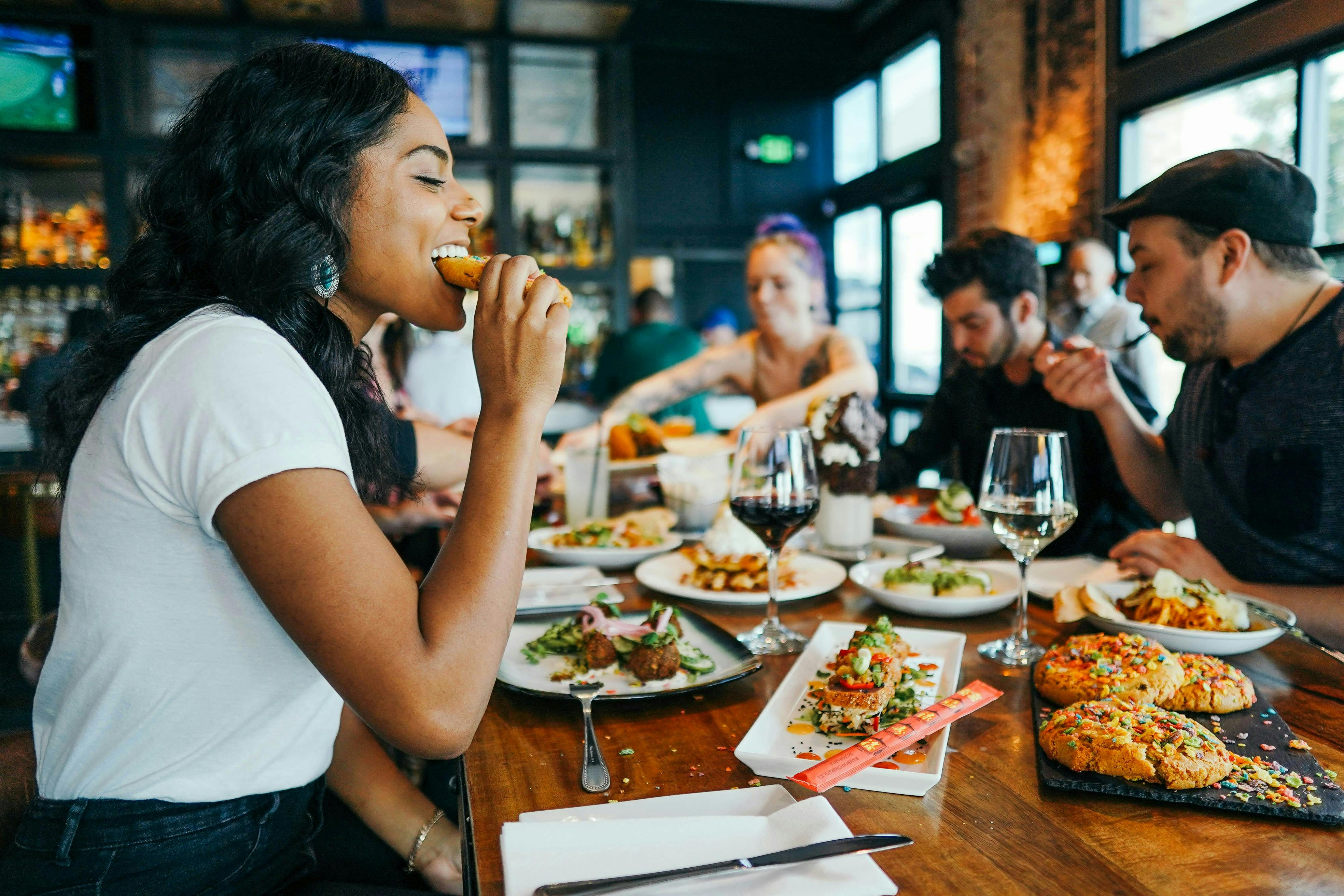
Putting it into practice
Scenario 1: You have a friend's birthday dinner at a family-owned restaurant this weekend. Before you go, you check the menu online. Since it’s a private restaurant, there’s no nutritional info available, but you plan your choices. You order a burger with light mayo and no cheese, and swap fries for a side salad with balsamic dressing. For your drink, you choose a rum with Diet Coke. Earlier that day, you opt for a lighter breakfast—one egg with 4 oz of egg whites, a piece of whole wheat toast with 1 tsp of butter, and a side of veggies or fruit.
Scenario 2: At a family gathering, relatives start asking why you're not going for seconds or thirds and why your portions are smaller than usual. Some even ask if you have an eating disorder. You calmly explain that you're focusing on eating more nutritious foods, especially since type 2 diabetes runs in the family. You add that you'd be happy to take some food home to enjoy tomorrow.
Scenario 3: You're at a restaurant having a business discussion with partners or a client. You feel a bit awkward ordering a Diet Coke while everyone else is drinking alcohol, and asking for sauces on the side feels uncomfortable. But you’ve already checked the menu in advance and found a dish with minimal sauce. You opt for a salad without nuts or cheese, adding a grilled chicken breast with balsamic dressing. For your drink, you go with a light beer or a glass of white wine.
You may also like
Finding the right portion sizes for your body is key to reaching your health goals—whether that’s losing fat, building muscle, or maintaining energy. Start by understanding your calorie and macronutrient needs, then build meals that align with them. Track your progress and adjust as needed. Portion control isn’t about restriction—it’s about fuelling your body with purpose.
The hardest part of any weight loss journey is the social gatherings. Watching your friends and family consume whatever they want can be challenging. Losing weight should not mean missing out on those special moments. That's why I have compiled a list of my favorite low-calorie drinks for your enjoyment.
Protein is essential for muscle growth, recovery, and overall health, yet many people don’t get enough. This no-BS guide cuts through the noise, giving you practical ways to increase your intake with real, high-protein foods—each delivering over 10g per serving. No gimmicks, no supplements—just simple, effective strategies to help you hit your protein goals with ease.
